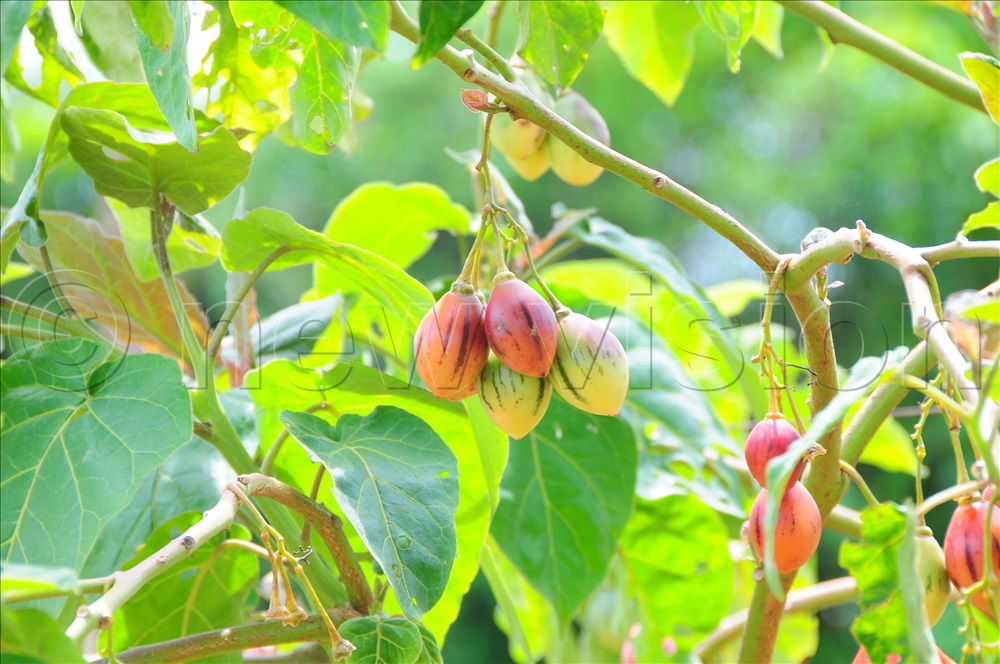By Umar Nsubuga
Tamarillo tomatoes, also known as tree tomatoes or Cyphomandra betacea, are a tropical fruit known for their tangy flavour and versatility.
Henry Sekyewa, an agronomist says there are different varieties of tamarillo tomatoes, including red, yellow, and orange.
He says tamarillo tomatoes thrive in tropical and subtropical climates; they also prefer temperatures between 20-30°C. They are sensitive to frost, so it’s important to ensure that they are planted in a frost-free area.

According to Sekyewa, they grow best in well-drained, loamy soil rich in organic matter.
“The soil pH should be slightly acidic to neutral (pH 5.5-7.0),” he says.
Land preparation
Clearing and Tilling: Clear the land of any weeds and debris. Plow and harrow the soil to a fine tilth, which helps improve aeration and drainage.
Soil Enrichment: Incorporate compost or well-rotted manure into the soil to enhance fertility.
Sekyewa says when propagating tamarillo tomatoes, start from seeds, but it’s important to soak seeds in water for 24 hours before sowing to improve germination.
Sow seeds in a nursery bed or seed trays filled with a seedling mix. Keep them in a warm, shaded area until they germinate.
Transplanting, when seedlings are about 10-15 cm tall and have at least two sets of true leaves, they are ready for transplanting.
Planting
Spacing, space plants about 1-1.5 metres apart in rows that are 1.5-2 metres apart. This allows ample space for the plants to grow and develop.
He also says tamarillo tomatoes require consistent moisture. Water the plants regularly to keep the soil consistently moist, but avoid waterlogging.
Pruning
Regularly prune the plants to remove dead or diseased branches and to improve air circulation. This also helps in managing the plant’s size and shape, says Sekyewa.
Pest and disease management
Common pests include aphids, whiteflies, and spider mites. He says use appropriate insecticides or natural predators like ladybugs to control them.
He says farmers must watch out for fungal diseases like powdery mildew and bacterial infections. Ensure good air circulation, avoid overhead watering, and use fungicides if necessary. Crop rotation can also help reduce disease risk.
Harvesting
Twaha Kakooza, a commercial farmer in Kayunga district who grows tamarillo tomatoes says they usually take 3-4 months from planting to harvest. Fruits are ready to harvest when they change colour and are slightly soft to the touch.
Kakooza says they can be harvested when they are still firm and allowed to ripen off the plant if needed.
Tamarillo tomatoes can be sold fresh in local markets. They are valued for their unique flavour and can be used in various culinary dishes.
Value addition
Consider making products like tamarillo jams, sauces, or juices to add value to your harvest





